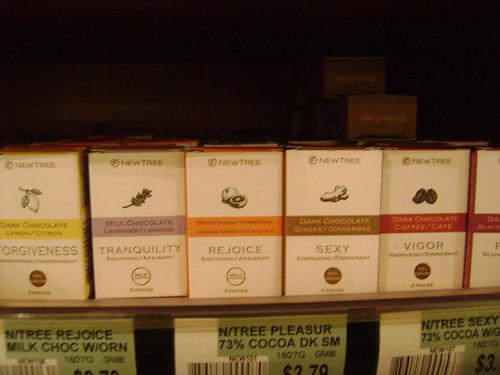It would not be doing vetiver justice to mention it without taking into consideration its therapeutic properties and the long history of healing trailing behind this note. Vetiver is highly esteemed in the ancient
Ayurvedic medicine. It also has many uses in modern Aromatherapy practices.
In
Aurveda, vetiver is considered cooling to
Pitta (the dosha which is made of fire and water). A vetiver paste may be applied to the skin in order to reduce fevers and cool the body. A self-massage in the morning with the cooling oil of vetiver root in a base of coconut oil (also considered cooling oil) is recommended for balancing the Pitta, and in general, for individuals with Pitta is their dominant
dosha.
Vetiver is also esteemed for its pacifying powers to the Vata (the dosha of air and ether). Its actions are considered to bring calm and comfort to the mind. The relaxing aroma of vetiver helps to cope with stress, deepen concentration and acts as a rejuvenating tonic to the nervous system.
Small amount of vetiver oil can be applied to the oil used in
Shirodhara – anointing of the “third eye” with a steady, delicate stream of warm sesame oil to the forehead. This oil can be scented or unscented, depending on the purpose of the Shiodhara to the specific individual.
Other ayurvedic uses of vetiver:
- In lotions for women to enhance the breasts, as vetiver is considered to have gentle estrogen-like qualities
- Soothing the muscels after physical strain.
- Treatment of rheumatic pain
- Prevent stretch marks in pregnancy, also a good anti-aging agent for the skin, because of its skin-regneration powers.
- The vetiver plant also seems to have a healing role in the environment, as it has the ability to absorb toxins and therefore purify the environment – the earth and the water – from pollutants.
In modern aromatherapy, vetiver is valued for its ability to treat various conditions of the nervous system, skin, muscles, joints and circulation as well as promoting emotional balance. The terpenes in vetiver act as a tonic and an astringent to the nervous system.
Vetiver is calming, grounding, protective, sedative, soothing, toning and uplifting. Vetiver stimulates the circulation and the production of red corpuscles.
The Nervous System and Balancing Emotions: Vetiver is particularly valuable in treating conditions such as insomnia, nervous tension and stress, nervous exhaustion and fatigue, as well as depression. Use several drops in a bath before bed time if you are experience insomnia. A massage with vetiver-scented oil can alleviate stress and bring a feeling of well-being and tranquility.
Circulation, Muscles and Joints: It also helps to relieve rheumatic and muscular pain and stiffness of the muscles and joints, as well as arthritis.
Skin care: Vetiver is also an antiseptic, and can be used in aromatherapy skin products and preparations to treat conditions such as acne, cuts, wounds and sores, and also helps to reduce oiliness of both scalp and skin.
References:
Julia Lawless,
Encyclopedia of Essential OilsJulia Lawless,
Aromatherapy and the MindValerie Ann Worwood,
The Complete Book of Essential Oils & AromatherapyVictoria H. Edward,
The Aromatherapy CompanionJeanne Rose,
The Aromatherapy Book
 Vancouver-based Escents Aromatherapy is running a fun contest this month: send your formula for an essential oil fragrance or synergy to sales@escentsaromatherapy.com for a chance to win a $500 Escents gift certificate, and be featured on Escents' newsletter and website in December.
Vancouver-based Escents Aromatherapy is running a fun contest this month: send your formula for an essential oil fragrance or synergy to sales@escentsaromatherapy.com for a chance to win a $500 Escents gift certificate, and be featured on Escents' newsletter and website in December.





